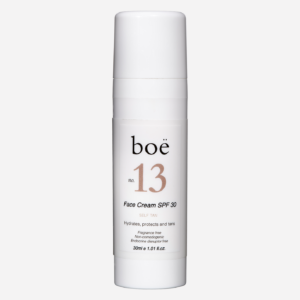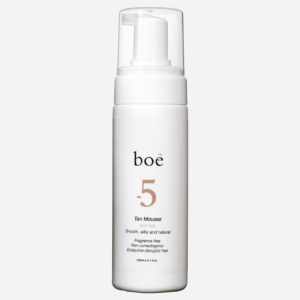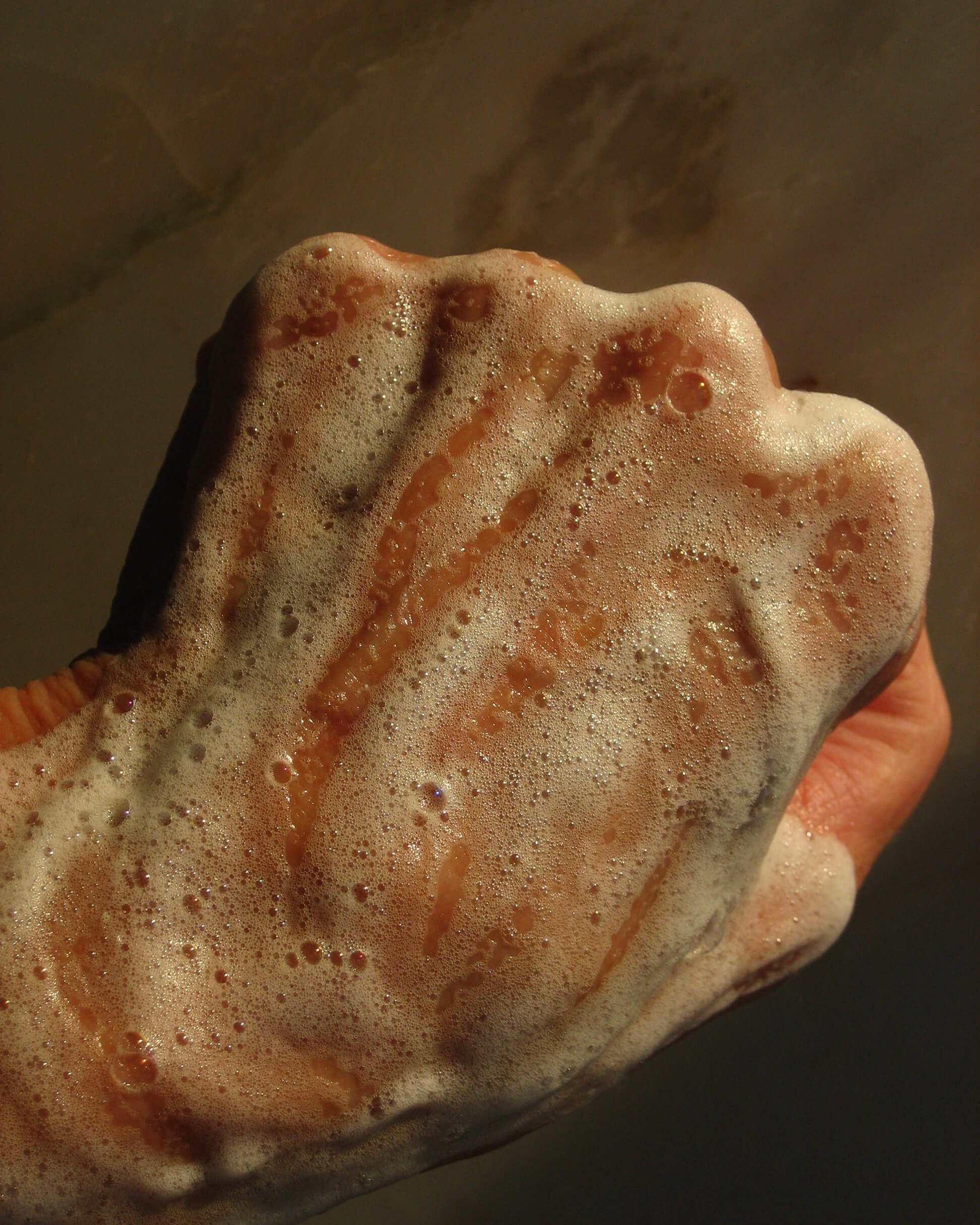Thinking about using self-tanner with eczema? You may be wondering if it’s safe and whether you can enjoy a healthy glow without causing a flare-up. The good news? Yes, it is possible! With the right tips and products, you can achieve a beautiful tan even if you have eczema. Here’s what dermatologists recommend to help you get that golden tone without irritation.
Why Self-Tanning with Eczema Requires Extra Care
Eczema, or atopic dermatitis, requires daily skin care to keep symptoms like dryness, itchiness, and redness at bay. Even if you’ve managed to control your eczema with a consistent routine, you may be concerned about how sun exposure or self-tanners could impact your skin. While direct sun can worsen symptoms, a self-tanner allows you to safely achieve that sun-kissed look indoors.
However, for those with eczema or sensitive skin, self-tanning does require some extra considerations. Let’s explore how you can find the right self-tanner and avoid potential skin irritation.

Choosing the Right Self-Tanner for Sensitive Skin
When you have eczema, your skin can be reactive to ingredients found in many skincare products. This makes reading labels and ingredient lists essential, especially when selecting a self-tanner. The active ingredient in most self-tanners is dihydroxyacetone (DHA), which reacts with the skin’s outer layer to create a tanned effect. DHA is generally safe, but for sensitive or eczema-prone skin, it can sometimes cause mild irritation or, in rare cases, an allergic reaction.
For the best results with minimal irritation, consider the following tips:
1. Opt for Products Made for Sensitive Skin
Choose self-tanners designed for sensitive skin or labeled “hypoallergenic” or “gentle.” Products with fewer additives, especially those free from fragrances and preservatives, are less likely to irritate. For instance, Boë’s No.1 Tan Drops, No.2 Tan Water, and No.5 Tan Mousse are excellent options with limited, skin-friendly ingredients.
2. Look for Hydrating Ingredients
Self-tanners with extra moisturizers can help support a healthy skin barrier, which is crucial for eczema management. Ingredients like shea butter, aloe vera, glycerin, and vitamins E and B5 work to hydrate and soothe, making it less likely that the self-tanner will cause dryness or irritation. Boë’s No.4 Tan Maximizer or No.3 Tan Lotion contain these soothing ingredients, making them among the best self-tanners for eczema-prone skin.
3. Prep Your Skin for an Even Application
For smooth, even color, it’s important to prep your skin before applying a self-tanner. Eczema-prone skin can have dry patches or rough areas that may “absorb” more tanner, resulting in blotchiness. Regular moisturizing before and after applying self-tanner can ensure a smoother, more even finish and help avoid any irritation.
How to Patch Test Your Self-Tanner
Since eczema-prone skin can be unpredictable, a patch test is always a wise step. Here’s a simple way to test your self-tanner before full application:
- Choose a small, inconspicuous area (like your inner arm or a spot on your leg).
- Apply a small amount of the product once or twice a day for a week, observing any reactions like redness or itching.
- If there’s no reaction, it’s likely safe to proceed with full-body application. However, always apply gradually and keep an eye out for any signs of sensitivity.
Final Thoughts: Enjoying a Glow Without the Flare-Up
With the right product and a few precautions, you can absolutely enjoy a self-tan without aggravating eczema. Self-tanners offer a safe, UV-free way to get that summer glow, and by selecting gentle, hydrating products, you can achieve beautiful results that work with your skin rather than against it.
So, whether you’re prepping for summer or simply want a little extra color, explore self-tanning options that put sensitive skin first. With a bit of trial and care, you’ll be glowing confidently in no time!







